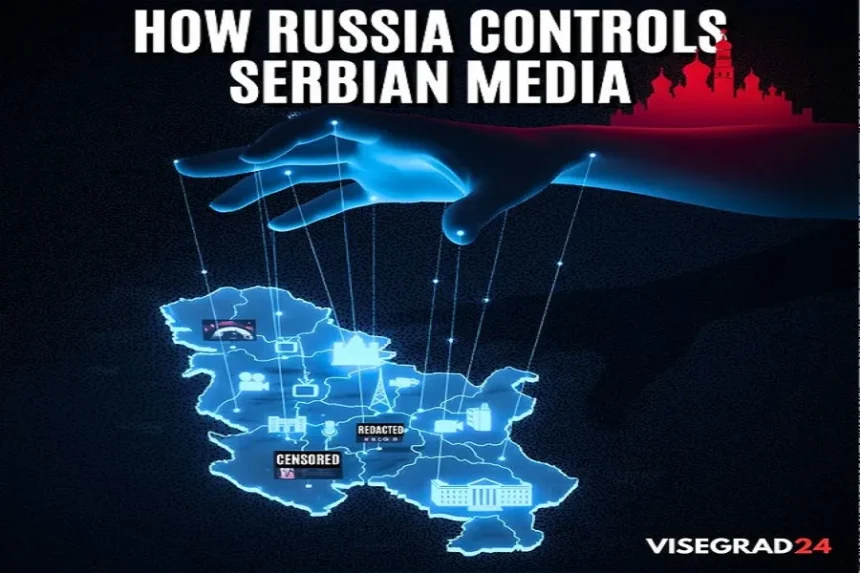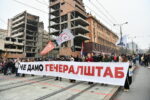A new analysis by Visegrad24, published on the platform X, sheds light on how the Kremlin exerts influence over Serbian media, shaping public opinion and political narratives in favor of Moscow’s interests.
Although Serbia officially condemned Russia’s invasion of Ukraine and continues to seek energy independence, nearly 49% of Serbs still view Russia’s war as “justified.” Analysts argue that Serbia’s heavy dependence on Russian gas makes both its public perception and policy direction vulnerable to Moscow’s soft power tactics.
While President Aleksandar Vučić promotes Serbia’s EU aspirations, Western observers have frequently documented bias in pro-government media. However, the report notes that Russian networks have quietly infiltrated opposition-linked outlets as well, a side of the story that Western-funded research has largely ignored.
The French VIGINUM agency recently uncovered a network of 193 websites spreading Russia-originated content across Europe, showing how the Kremlin “launders” its narratives through local news portals — Serbia included.
In Serbia, giving airtime to Moscow’s perspective is often branded as “pro-Russian,” but Visegrad24 notes that such coverage reflects a polarized society still scarred by NATO’s 1999 bombings. Some tabloids, like Informer, still glorify Putin — famously running the 2016 headline: “He could destroy the U.S. in half an hour.”
While critics cite such headlines as proof that Serbia sides with Moscow, analysts say much of it is clickbait designed to deepen polarization. Many local outlets rebroadcast content from Sputnik because it is free to use, reinforcing Russia’s information dominance without direct financial ties.
Just as energy has become a tool of dependence, so too has media content, serving as an extension of the Kremlin’s influence. Moscow has repeatedly portrayed domestic unrest in Serbia as a “color revolution” — a label echoed by local outlets to undermine pro-EU movements and warn against Western alignment.
Research by the Clingendael Institute indicates that major outlets like Pink TV and Večernje Novosti amplify “hybrid war” tropes and the myth of Slavic-Russian brotherhood. But fresh evidence and Western court documents show infiltration on the other side: Serbia’s so-called independent press is also affected.
Reports reveal that opposition-leaning outlets, allegedly financed via Gazprom-linked offshore structures, are part of the same network. Former Gazprombank (Switzerland) vice president Wolfram Kuoni reportedly served on the board of United Media, which controls N1 TV, Nova S, and Danas, while structuring cross-border media investments tied to Gazprom.
During the 2021–22 Rio Tinto lithium protests, United Media reportedly echoed talking points used by Russia-backed NGOs, framing Western mining projects as “colonial plunder.”
Outlets like Nova S and Danas also gave uncritical coverage to Russian ultranationalist ideologue Aleksandr Dugin, under U.S. sanctions, promoting his calls for a “post-liberal Russian order.”
Across both pro-government and opposition media, narratives echo Kremlin framing of U.S. and NATO policies, particularly regarding Ukraine and Serbia’s “neutrality.”
As Serbia faces growing protests and economic hardship, both sides of its media spectrum — state-controlled and opposition-linked — amplify anti-Western and pro-Russian sentiment. This dual manipulation, the analysis concludes, keeps Serbia trapped in Moscow’s narrative orbit.
Visegrad24 warns that without Western regulatory action to close offshore financial routes used by Kremlin-linked intermediaries, Serbia’s democratic discourse will remain hostage to Russian media capture.







